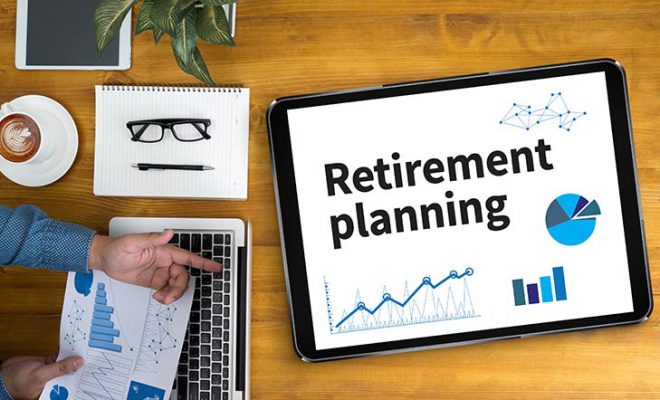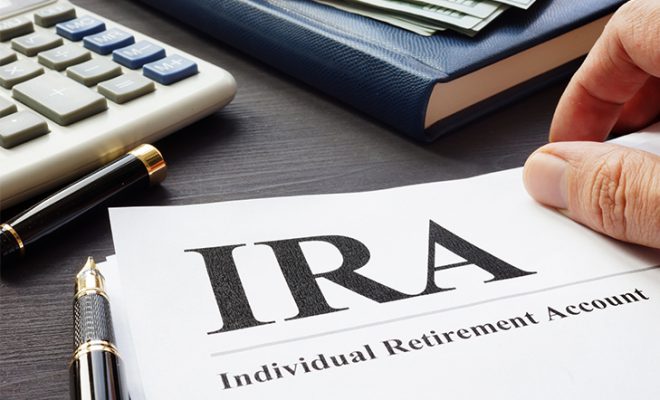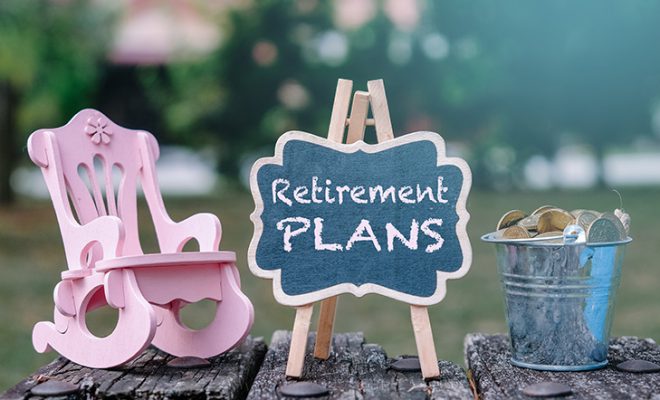Retiring Soon: How do I Structure My $1 Million Portfolio at Age 65?

Retiring is a big milestone. If you are 65 and have built a $1 million portfolio, you have a solid foundation. But you will need to rely on that portfolio for two more years before your full Social Security benefits can start. So, you should make sure that your savings are working as hard as possible to support you until then, and beyond. It is important to structure your portfolio in a way that ensures it not only lasts but grows throughout retirement.
A financial advisor can help you create a model portfolio for 65-year-olds who are retiring soon. This article will also walk you through how you can structure your portfolio allocation for retirement for a secure future.
Table of Contents
Below are some tips on structuring a $1 million portfolio if you are retiring at 65:
1. First, estimate your retirement expenses
Estimating your retirement expenses correctly before you start structuring your portfolio is essential. You need to gauge how much you will actually need to spend each year. While it is true that many of your expenses will likely decrease after retirement as you will not have a daily commute, and you will not be contributing to retirement savings anymore, your expenses will not entirely end. A common rule of thumb is that retirees will need 55% to 80% of their pre-retirement income each year. So, if you were living comfortably on $100,000 a year before retirement, you might expect to spend between $55,000 and $80,000 annually during retirement. Remember, though, that this is just a starting point, and your situation may differ. For example, if you plan on traveling more or pursuing hobbies that require extra spending, you might need to budget more. Another rule to keep in mind is that a typical target for retirement savings is about 10 times your pre-retirement income. For example, if you were earning $100,000 a year, $1 million in savings is a reasonable benchmark. However, if you can save more or ensure that your retirement nest egg keeps growing in the future, you will have more flexibility in your planning.
It is essential to break down your expenses into categories to understand what your money will be used for and to allocate your portfolio accordingly. These categories typically fall into three main types. Firstly, you need to allocate funds for your essential expenses, such as housing, food, transportation, and healthcare expenses. You will also need to consider ongoing costs like your mortgage if you still have one, utilities, property taxes, and health insurance premiums. Planning for healthcare is particularly important, as medical costs will likely constitute a major part of your retirement expenses. Also, do not forget to factor in long-term care insurance premiums. The second type includes your discretionary expenses that you can control or adjust as needed but will still appear in your monthly expenses. Dining out, hobbies, entertainment, and vacations all fall under this category. If you envision an active lifestyle in retirement, like traveling, you will need an even higher discretionary budget. Things like golf club memberships, fitness classes, or joining a country club could also add to these expenses. Apart from these, you could also have one-time expenses, such as a home renovation or a child’s wedding. Setting aside a portion of your savings for these types of events can give you peace of mind.
You would also need to account for taxes. It is important to estimate your tax liability in retirement, which will include federal, state, and possibly local income taxes and property taxes. Depending on how your retirement savings are structured, you may need to account for taxes on withdrawals from tax-deferred accounts like traditional Individual Retirement Accounts (IRAs) or 401(k)s. A tax-efficient withdrawal strategy is essential, and engaging with a financial advisor can help you figure out the best way to manage your income streams and minimize tax implications.
2. Balance your retirement needs with your investments
You need to balance your retirement financial needs with your investment. You can use the bucket strategy to create the right investment split for retirement. The bucket strategy divides your investments into three categories – short-term, mid-term, and long-term. Each bucket serves a specific financial purpose.
You can start with the short-term bucket, which ensures long-term stability and liquidity in retirement. This strategy can help you immensely at the beginning of retirement as it will help you cover your immediate expenses that will show up in the first few years after you stop working. The short-term bucket strategy focuses on putting your money in short-term Certificates of Deposit (CDs), Treasury bills, bank savings accounts, or money market funds. These investments can help you manage your cash flow efficiently with increased liquidity and quick access to your money in times of need. The first year of retirement can be a significant adjustment. You do not have a steady paycheck from a job in retirement, which can create uncertainty in cash flow, especially while you are figuring out how much you will need to cover your daily expenses. Having at least a year’s worth of cash ensures that you have the funds available to meet your financial needs without worrying about irregular income streams. You can use the money allocated to the short-term bucket to cover your essentials like housing, food, and healthcare and maintain a safety cushion from market downturns, which could erode your portfolio’s value early on.
The second bucket is the mid-term bucket. This bucket is designed to generate steady income for the next three to ten years of retirement. It acts as a bridge between your short-term and long-term strategies and ensures a steady flow of income while still offering some growth potential to outpace inflation. You can use the mid-term bucket to cover medium-term expenses, like spending a few months abroad, home maintenance like repairs and upgrades, helping with a child’s wedding, etc. You can also use the funds allocated to the mid-term bucket to replenish your short-term bucket when needed. Additionally, the funds from these investments can be reinvested to generate more profits for your long-term needs. This bucket typically holds a mix of fixed-income securities like corporate and municipal bonds, dividend-paying stocks, and growth and income funds.
The third bucket is the long-term bucket, which focuses on structuring your portfolio towards growth. This category focuses on financial needs that will arise until at least ten years into retirement. So, you have enough time to prepare and can afford to keep a high-risk appetite as you have time to ride out market volatility and benefit from compounding. The long-term bucket focuses on investments like stocks, equity mutual funds, real estate, index funds, Real Estate Investment Trusts (REITs), Exchange-Traded Funds (ETFs), etc. It ensures that your portfolio grows, outpaces inflation, and can sustain you for the years ahead. With a focus on riskier assets, this bucket is designed only for the long term.
3. Diversify your investments
The best retirement portfolio for 65-year-olds is a diversified one that balances growth with risk. This not only ensures your portfolio grows but also provides a safety net during market fluctuations. Stocks are a critical component of a diversified portfolio, as they offer the potential for long-term growth. They can also be helpful to outpace inflation, which in turn ensures that your savings last till the very end and do not lose their value. However, stocks carry higher risk and can add greater volatility to your portfolio, which is why it is important to find the right balance and select a strategic stock asset allocation approach that aligns with your age and your tolerance for risk. Diversification is a great way to balance out the high risk associated with stocks. You can keep your stock portfolio diversified by adding a mix of growth and dividend stocks from various market capitalizations and sectors. You can also add bonds to stabilize your overall portfolio. Bonds can provide steady income and are less susceptible to market swings compared to stocks. When the stock market experiences downturns, bonds often perform better. So, you can keep a balance of steady returns along with growth by keeping both asset classes. Cash is equally important in a retirement portfolio because it provides liquidity for your immediate needs. Having a portion of your savings in cash ensures you do not need to sell other investments during unfavorable market conditions. It also helps you account for emergencies. If you are wondering how to diversify your retirement portfolio, you can follow these tips:
The right diversification strategy can be decided based on the asset allocation you are comfortable with in retirement. This is likely to change over the years. So, you need to adopt a proactive approach to rebalancing your retirement portfolio from time to time.
- For instance, in your early retirement years, you can keep a higher allocation in stocks, as your risk appetite would still be higher than it will ever be in retirement. You must also keep a higher allocation to cash as you might need more liquidity while you transition into retirement. A portfolio allocation of 60% stocks and the rest carefully distributed between cash and bonds might work well during these years.
- By the time you are in your mid-retirement years, your risk appetite will drop, and you would need to transition to a more conservative allocation. You can sell some of your stock holdings to lower risk. You may also not need as much cash at this point as you would have likely started your Required Minimum Distributions (RMDs) from retirement accounts like the 401(k) and begun claiming your Social Security benefits. You can lower your cash and stock allocations and redirect the money to bonds. However, keep in mind that you should still park some of your funds in cash for liquidity and in stocks for growth. Your strategy for portfolio allocation in retirement can include 10% cash, 40% bonds, and 50% stocks to help balance growth and risk during these years.
- A conservative mix of 30% cash, 20% to 30% bonds, and 40% to 50% stocks may be more appropriate as you reach your later years. Balancing growth and risk are vital. Stocks will remain an essential part of your portfolio to ensure they continue to grow but reducing your equity allocation as you age can help minimize losses.
4. Buy an annuity plan
An annuity plan can be the perfect addition to a model portfolio for 65-year-olds. Annuity plans are contracts offered by life insurance companies, where you pay a lump sum to the insurer and receive a guaranteed, regular income for life. Annuities can help you create a steady source of income, similar to a monthly salary. They also protect against the risk of outliving your savings. Moreover, with a deferred annuity, your money grows tax-deferred, and you won’t have to pay taxes on the interest until you start taking withdrawals. This can be a smart way to let your investment grow faster and lower taxes in retirement. You can consider keeping aside some money to buy an annuity. You can do this a few years before you retire and start the payments right after retirement.
To conclude
It is essential to keep a balanced investment split for retirement to enhance your $1 million nest egg while managing risk. This can help you cover all your essential and non-essentials throughout retirement. Keeping a diversified mix of equity, debt, and cash and rebalancing your portfolio every few years is vital to ensure your money stays ahead of inflation. However, it is important to hire a financial advisor to ensure that you make the right moves according to your age and risk appetite. A financial advisor can help you structure a portfolio that focuses on your retirement needs.
Use the WiserAdvisor free advisor match tool to get matched with seasoned financial advisors who can help structure your retirement portfolio as per your financial needs and goals. Answer a few simple questions and get matched with 2 to 3 vetted financial advisors based on your requirements.





















